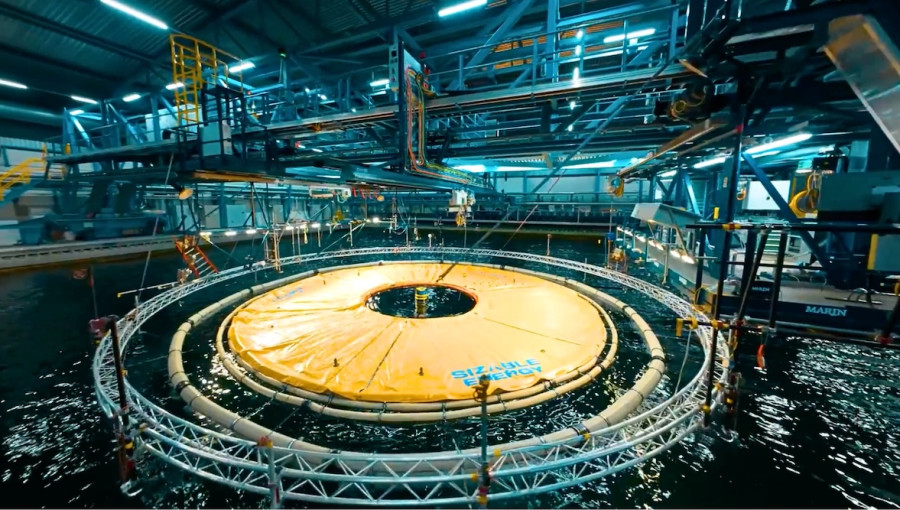This year has seen a significant shift in the U.S. energy policy, favoring some renewable sources over others, with hydropower returning to the forefront. Pumped hydropower systems are gaining attention despite their high costs and substantial infrastructure needs. However, innovations are on the rise, including a novel approach from the Italian startup Sizable Energy, which focuses on using offshore pumped hydro systems. This technique involves leveraging sea salt brine to enhance energy storage capabilities while looking towards commercial expansion in the near future.
With traditional pumped hydropower still dominating the long-duration energy storage sector in the United States, accounting for about 95% of its capacity, the demand for reliable energy storage solutions is intensifying. This method involves elevating water to create potential energy, which can be converted back to electricity when needed. While the construction of new pumped storage facilities can be financially challenging and time-consuming, innovative alternatives are emerging.
Sizable Energy is capturing attention with its patented system that pumps saturated sea salt brine from the ocean floor to a surface reservoir, thus creating an efficient energy storage solution. The system, which utilizes the ocean’s depth for energy storage, has undergone successful testing phases, including tank trials and ocean tests. The company is currently establishing a pilot plant off the coast of Reggio Calabria, Italy, to validate its technology further before launching commercial development in collaboration with local partners by 2026.
Bruce Leak, a board member of Sizable Energy, emphasized the critical need for long-duration energy storage to support the growing reliance on wind and solar power. By harnessing ocean depths, Sizable aims to provide a cost-effective solution compared to traditional battery systems. Meanwhile, the U.S. offshore wind industry faces challenges due to recent policy shifts, yet reports suggest its viability remains solid for several years. There are hopes that future energy policies may align better with expanding offshore energy storage solutions, particularly as coastal cities continue to seek alternatives amid a shifting energy landscape.
Additionally, marine energy technology, which seeks to harness energy from ocean movements, is gradually being recognized under the current U.S. energy policy, although it faces considerable scaling challenges. The evolution of energy storage solutions remains pivotal as policies may adapt and evolve, potentially improving the integration of renewable resources like wind and solar in the future.

